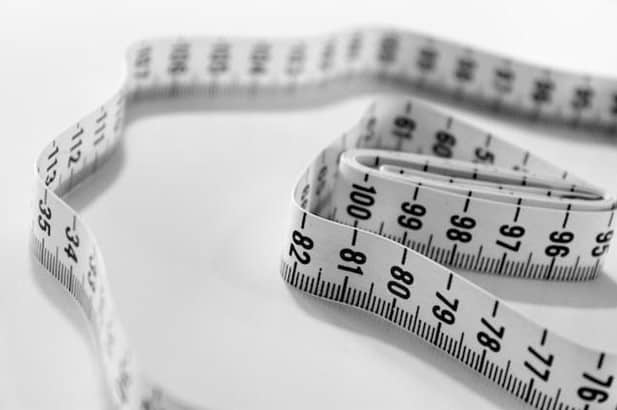Arthritis is a common condition affecting millions of people worldwide, causing pain, stiffness, and swelling in the joints. The swelling associated with arthritis can be particularly troublesome, hindering everyday activities and affecting the overall quality of life.
Arthritis causes swelling in the joints due to inflammation. In the case of arthritis, the body’s immune system mistakenly attacks the joint tissue, causing inflammation and swelling. The inflammation leads to an accumulation of fluid in the joint, causing it to become swollen and painful.
Over time, the ongoing inflammation can also damage the cartilage and bone tissue in the joint, leading to further swelling and joint deformity. The severity of the swelling can vary depending on the type of arthritis and the stage of the disease.
However, the good news is that there are several effective ways to reduce arthritis swelling in joints. This article lists some of the best ways to reduce arthritis swelling in joints.
7 Reliable Ways To Manage Arthritis Swelling In Joints
While there is no cure for arthritis, there are several ways to reduce joint swelling and manage symptoms. Here are some tips on how to reduce arthritis swelling in joints.
1. Apply Cold And Hot Therapy
Cold therapy, called cryotherapy, can reduce joint inflammation and swelling. It helps to reduce blood flow to the area, which in turn subsides swelling and inflammation. Apply ice packs, frozen vegetables, or gel packs on the affected area for 10 to 15 minutes several times daily.
Heat therapy can also help reduce arthritis swelling in joints. You can use a heating pad or a warm towel on the affected area for 10 to 15 minutes or take a warm shower.
2. Manage Your Weight
Maintaining a healthy weight is crucial in reducing arthritis swelling in joints. Excess weight puts extra pressure on the joints, causing increased inflammation and pain. Losing even a small amount of weight can significantly reduce arthritis symptoms and improve joint function.
A healthy diet and regular exercise can help you maintain a healthy weight, thus reducing inflammation and swelling. Take the pressure off your joints and enjoy a comfortable life.

3. Take Medications
Non-Steroidal Anti-Inflammatory Drugs (NSAIDs), like naproxen or ibuprofen, are the most commonly indicated drugs in arthritis swelling. What are NSAIDs? They are anti-inflammatory medicines that block the production of prostaglandins, which are responsible for causing inflammation.
In addition, disease-modifying antirheumatic drugs (DMARDs) such as methotrexate and sulfasalazine can help slow the progression of the disease and reduce inflammation.
Corticosteroids such as prednisone can provide short-term relief of arthritis swelling but are generally not recommended for long-term use due to their potential side effects. Work with your doctor to determine the best medication regimen for your specific type and severity of arthritis.
4. Exercise Regularly
Regular exercise can help reduce arthritis swelling in joints by improving circulation and promoting the movement of synovial fluid, which lubricates the joints. It also enables you to maintain a healthy weight, reducing joint stress.
Exercise also strengthens the muscles around your joints, enabling them to support the joint better. Choose low-impact, gentle exercises like walking, swimming, and yoga. Avoid high-impact activities that can stress your joints, such as running and jumping.
5. Take An Anti-Inflammatory Diet
Since the swelling in joints is due to inflammation, it is best to lower the inflammation to reduce swelling. An anti-inflammatory diet is the best way to cut down inflammation. It includes whole foods such as fruits, vegetables, whole grains, and lean protein sources while limiting processed foods, sugar, and unhealthy fats.
By consuming various anti-inflammatory foods, such as leafy greens, berries, and fatty fish, arthritis patients can reduce inflammatory markers in their blood and improve joint function. In addition, maintaining a healthy weight through an anti-inflammatory diet can help alleviate pressure on the joints and reduce inflammation.
6. Try Acupuncture
Acupuncture is a traditional Chinese medicine technique that involves inserting needles into specific points of the body to stimulate energy flow and promote healing. It is effective in reducing arthritis swelling in joints and improving overall joint function.
Studies have found that acupuncture can reduce inflammation and pain in arthritis patients, improving joint function and mobility. It is a safe and non-invasive treatment option often used with other traditional and natural remedies.

7. Get Enough Rest
Can’t emphasize enough getting proper rest! Sound sleep is vital for tissue repair, regeneration, and maintaining healthy joints. Getting enough sleep can improve your overall well-being and reduce the severity of your symptoms. It is recommended that adults aim for seven to eight hours of sleep per night and establish a consistent sleep routine to optimize their sleep quality.
Final Thoughts!
Arthritis is a life-long condition with no possible cure. So is the swelling associated with it. You can not eliminate joint swelling but use simple tips to subside them. Incorporate these tips and tricks in your daily life to improve joint mobility and lower arthritis swelling.















